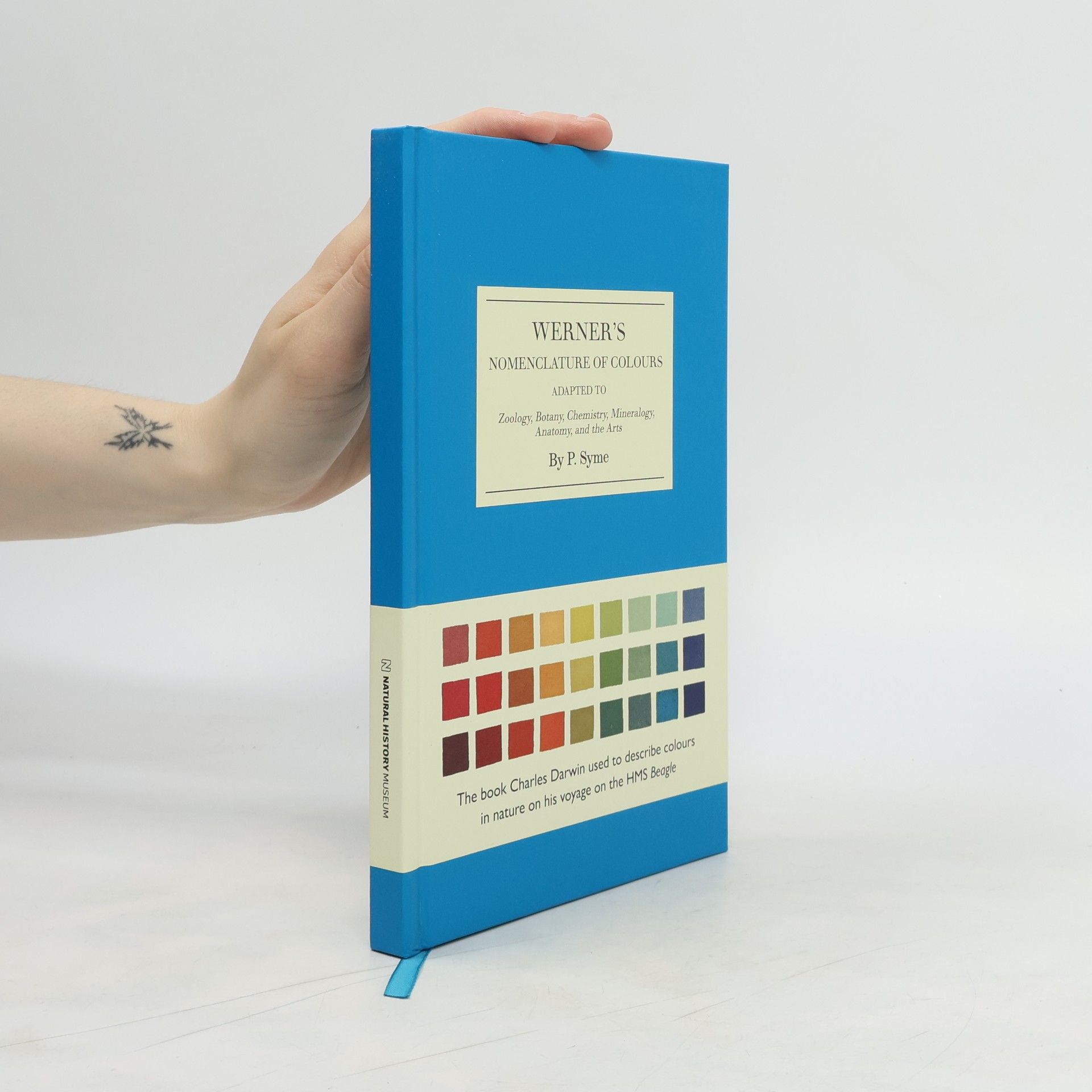A facsimile edition of Werner's classic taxonomy of nature's colours, as used by Charles Darwin.
Patrick Syme Libri






"Read & Co. presents this new edition of Werner's Nomenclature of Colours. First published in 1814, this small volume comprises a collection of 110 swatches displaying nature's colour palette together with their poetical descriptions. In the 18th Century, German geologist Abraham Gottlob Werner set out to establish a standard reference guide to colour for use in the general sciences. Scottish flower painter Patrick Syme later enhanced and extended Werner's work to include all of the most common colours or tints that appear in nature, with each colour swatch accompanied by examples from the Animal, Vegetable and Mineral Kingdoms. The resulting work was used by many scientists, explorers and anthropologists to further their studies, including Charles Darwin during his time on the HMS Beagle. Werner's Nomenclature of Colours is considered the predecessor of modern systems such as Pantone and has even inspired heritage paint ranges from the likes of Dulux and Farrow & Ball. Read & Co. is republishing this beautiful little volume in a new facsimile edition and has taken great care to reproduce the original text and art for a new generation of artists and scientists"-- Amazon.com
Read & Co. presents this new edition of Werner's Nomenclature of Colours. First published in 1814, this small volume comprises a collection of 110 swatches displaying nature's colour palette together with their poetical descriptions. In the 18th century, German geologist Abraham Gottlob Werner set out to establish a standard reference guide to colour for use in the general sciences. Scottish flower painter Patrick Syme later enhanced and extended Werner's work to include all of the most common colours or tints that appear in nature, with each colour swatch accompanied by examples from the Animal, Vegetable and Mineral Kingdoms. The resulting work was used by many scientists, explorers and anthropologists to further their studies, including Charles Darwin during his time on the HMS Beagle. Werner's Nomenclature of Colours is considered the predecessor of modern systems such as Pantone and has even inspired heritage paint ranges from the likes of Dulux and Farrow & Ball. Read & Co. is republishing this beautiful little volume in a new facsimile edition and has taken great care to reproduce the original text and art for a new generation of artists and scientists.
Werner's Nomenclature Of Colours, With Additions By P. Syme
- 78pagine
- 3 ore di lettura
Originally published in 1814, Werner's Nomenclature of Colours is a remarkable guide to the colors of the natural world. This edition includes additions by Patrick Syme, a Scottish artist who used the book to create scientifically accurate color charts for field use. With over 100 color swatches and detailed descriptions of each color, this book is an invaluable resource for artists, scientists, and nature lovers.
Ein kulturhistorischer Schatz, bibliophil präsentiert: Vor dem Pantone-Farbfächer gab es Werners Nomenklatur der Farben. Von Schneeweiß bis zum schimmernden Blau des Eisvogels bestimmten Maler und Naturforscher einst die Farben der Natur. Um die Natur präzise zu beschreiben, ist eine verbindliche Benennung der Farben unerlässlich. Im 18. Jahrhundert entwarf Abraham Gottlob Werner eine Nomenklatur, die 79 Farbtöne anhand von Fossilien genau beschreibt. Um dieses Farbsystem für andere Wissensgebiete und die Kunst anwendbar zu machen, erweiterte der schottische Pflanzenmaler Patrick Syme 1814 Werners Nomenklatur um 31 Farbtöne und ergänzte sie mit Beispielen aus Zoologie, Botanik, Chemie, Mineralogie und Anatomie. Mit seinen Farbtafeln und kolorierten Beispielen bildete Werners Nomenklatur – lange vor der Existenz von Pantonefächern – die standardisierte Referenz zur Beschreibung beliebiger Objekte. Erstmals erscheint dieser bedeutende kulturhistorische Schatz nun auf Deutsch – in einer bibliophilen Ausgabe, die sich hervorragend als Buchgeschenk eignet. Abraham Gottlob Werner (1749–1817) war ein deutscher Mineraloge, Geologe und Bergmeister an der Bergakademie in Freiberg, Sachsen. 1774 verfasste er «Von den äußerlichen Kennzeichen der Fossilien» und entwickelte ein Klassifikationssystem zur Bestimmung von Mineralien anhand von Schlüsselkennzeichen wie Farbe und Glanz.